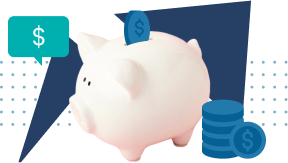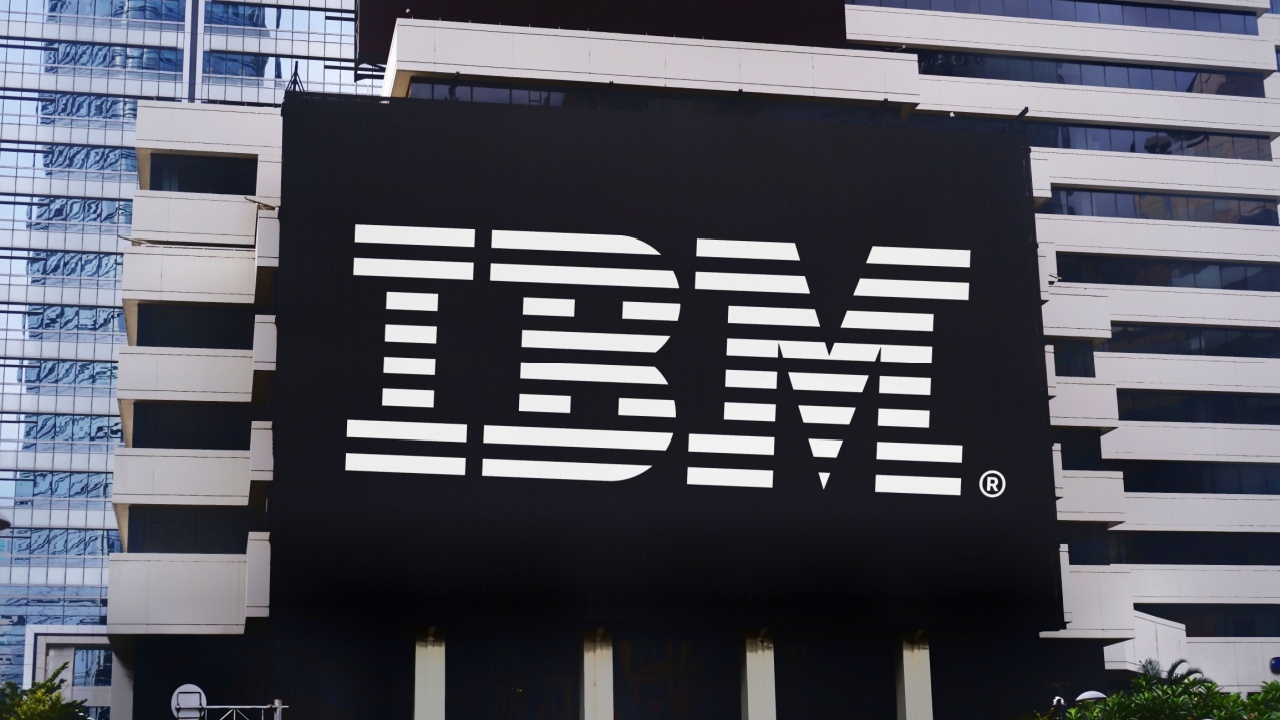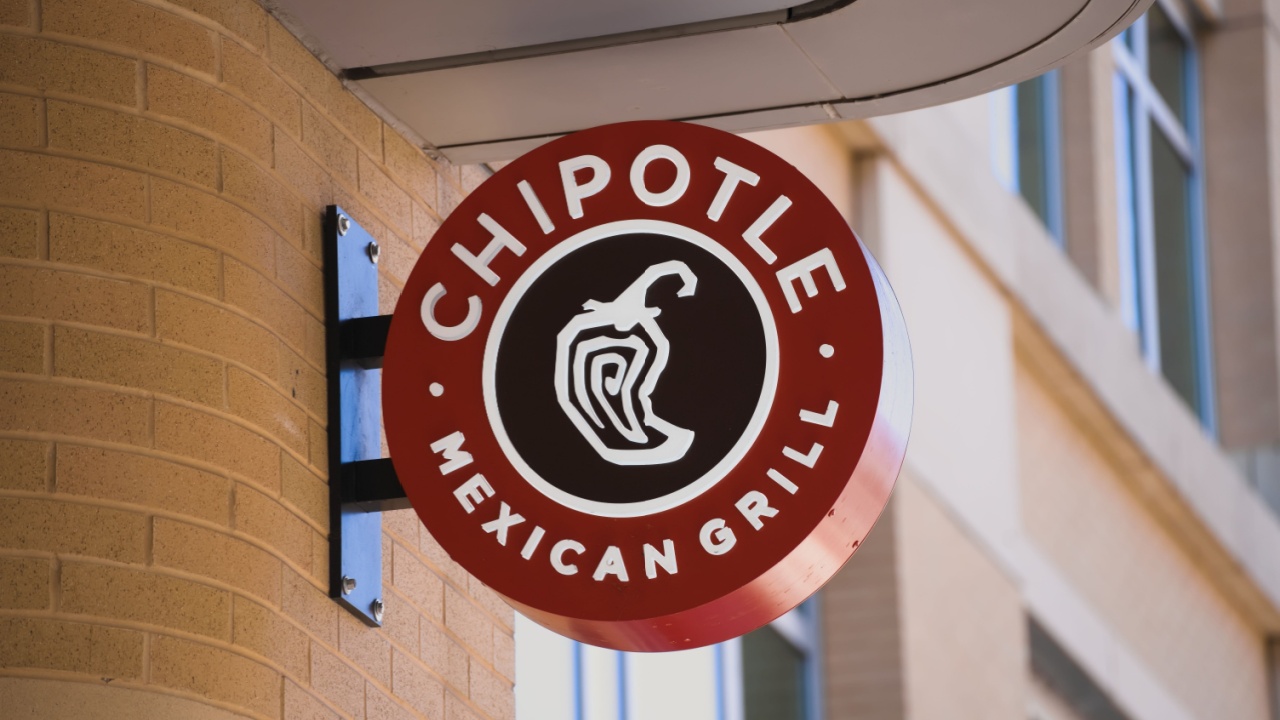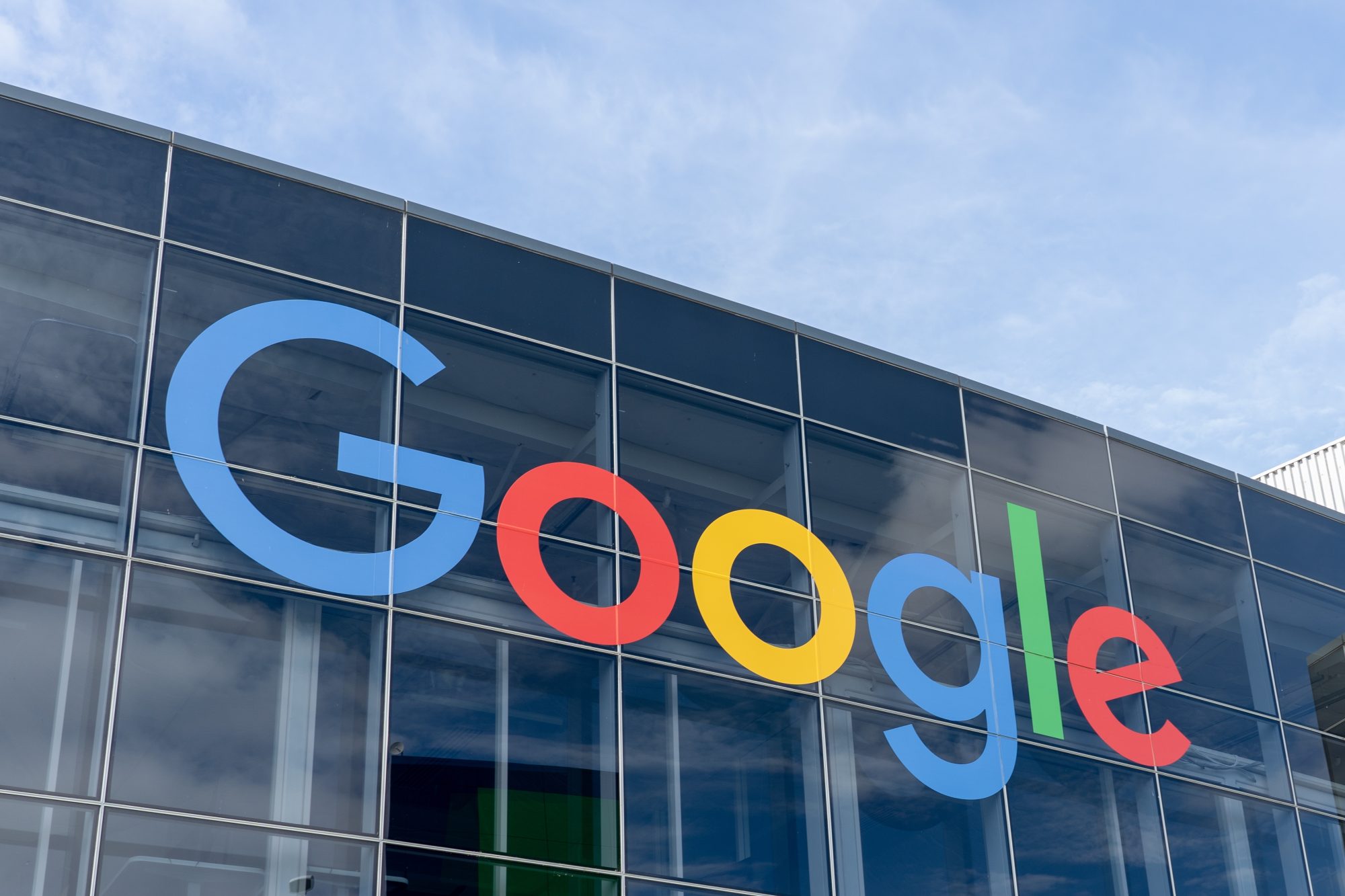One of our favorite investors at The Acquirer’s Multiple – Stock Screener is Jamie Dimon.
Dimon is the Chairman and CEO of JP Morgan Chase. Dimon became CEO on January 1, 2006, and one year later also became Chairman of the Board. He was named President and Chief Operating Officer upon the company’s merger with Bank One Corporation on July 1, 2004. Dimon joined Bank One as Chairman and CEO in 2000, and engineered a dramatic turnaround—taking the bank from a half-billion-dollar loss in 2000 to record earnings of $3.5 billion in 2003—before its merger with JPMorgan Chase.
In 2012 Dimon wrote a great piece on why stock buy-backs are a great option at the right price and why he likes tangible book value as a valuation metric, it’s a must read for all investors.
Here’s an excerpt from that article:
Why we bought back the stock and how we look at stock value.
Our tangible book value per share is a good, very conservative measure of share-holder value. If your assets and liabilities are properly valued, if your accounting is appropriately conservative, if you have real earnings without taking excessive risk and if you have strong franchises with defensible margins, tangible book value should be a very conservative measure of value.
And we have substantial, valuable intangibles. Our brand, our clients, our people, our systems and our capabilities are not replicable – even if I gave you hundreds of billions of dollars to do it. We have many businesses that earn extraordinary returns on equity because there is very little equity involved; e.g., much of our asset management business, our advisory business, parts of our payments businesses and others.
Many of our assets would sell at a substantial premium to what currently is on the books; e.g., credit card loans, consumer branches and others. To be honest, some also would sell at a discount vs. what they’re on the books for – though many of these assets or loans will give us the cash flow return we expect and which normally are attached to a client where we earn a lot of non-loan-related, highly profitable revenue (i.e., cash management, etc.). The loan itself might sell at a discount, but the whole relationship would not. And, certainly, most of our businesses, if we sold them whole, would sell at a substantial premium to tangible book value.
Our best and highest use of capital (after the dividend) is always to build our business organically – particularly where we have significant competitive advantages and good returns. We already have described many of those opportunities in this letter, and I won’t repeat them here. The second-highest use would be great acquisitions, but, as I also have indicated, it is unlikely that we will do one that requires substantial amounts of capital.
We have huge capital generation. When you look out many years into the future, JPMorgan Chase should generate huge amounts of capital, and much of it will be hard to deploy. Unfortunately, the CCAR test restricts our ability to buy-back stock because it looks at just two years of capital generation. So while we have less capital than the 9.5% that we currently believe we will need under Basel III, once we get there, we will be generating extreme amounts of excess capital. And our organic growth and acquisitions unlikely will be able to use it all.
So buying back stock is a great option – you can do the math yourself. Haircut our earnings numbers that analysts project and forecast buying back, say, $10 billion a year for three years at tangible book value. With these assumptions, after four years, not only would earnings per share be 20% higher than they otherwise would have been, but tangible book value per share would be 15% higher than it otherwise would have been. If you like our businesses, buying back stock at tangible book value is a very good deal. So you can assume that we are a buyer in size around tangible book value. Unfortunately, we were restricted from buying back more stock when it was cheap – below tangible book value – and we did not get permission to buy back stock until it was selling at $45 a share.
Our appetite for buying back stock is not as great (of course) at higher prices. If you run the same numbers as above, but at $45 per share, buybacks would be accretive to earnings and approximately break even to tangible book value – still attractive but far less so. Currently, above $45 a share, we plan to continue to buy back the amount of stock that we issue every year for employee compensation – we think this is just good discipline.
As for the excess capital, we will either find good investments to make or simply use it to more quickly achieve our new Basel III targets. Rest assured, the Board will continuously reevaluate our capital plans and make changes as appropriate but will authorize a buyback of stock only when we think it is a great deal for you, our shareholders.
The tables above show our earnings per share and tangible book value per share over the last six years. I’d like to make one last comment about our stock and your company. I view it as a great sign of strength that, in the worst financial markets since the Great Depression, your company could earn money, grow tangible book value, buy Bear Stearns and WaMu and expand our franchise.
Jamie Dimon
Chairman and Chief Executive Officer
March 30, 2012
This original article was posted by Johnny Hopkins at The Acquirer’s Multiple.












